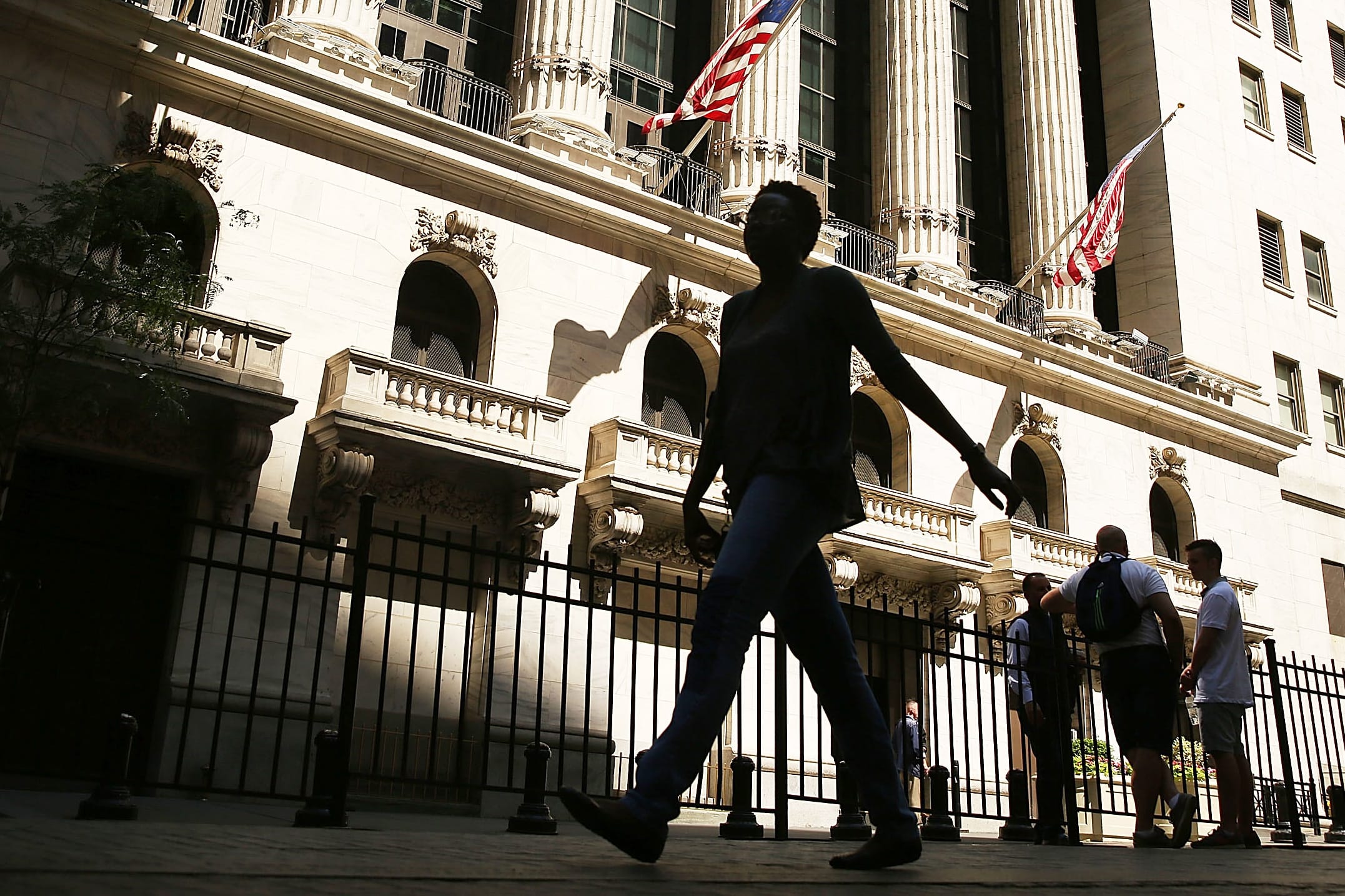Direxion is doubling down on buy-and-hold bets.
The firm launched three new exchange-traded funds in early June meant for long-term investors: the Direxion High Growth ETF (HIPR), the Direxion Dynamic Hedge ETF (DYHG) and the Direxion Fallen Knives ETF (NIFE).
For David Mazza, head of product at Direxion, ”what HIPR is really about is how do I find those high-growth companies, those hyper-growth companies that have the potential for sustained growth going forward?”
While that may sound generic, HIPR — which tracks the Russell 1000 Hyper Growth Index and has an expense ratio of 0.40% — fine-tunes its holdings to find the best of the best, Mazza told CNBC’s “ETF Edge” this week.
“It’s very easy just to take a screen of ‘What companies have had the highest sales growth or earnings growth in the past?'” Mazza said.
“What we do for this particular fund is we combine a screen of companies that have grown sales in the past, have high expected earnings growth, but also — maybe most importantly — high expected cash flow growth,” he said. “We also look at a company’s balance sheet to ensure that they’re not over-leveraging or taking on significant debts to pay for that growth. And then lastly, taking a look at stocks that have had positive momentum.”
HIPR is heavily weighted towards information technology stocks, which make up roughly 45% of the portfolio. As of Thursday, the ETF’s top 10 holdings were:
Top 10 Holdings in Direxion’s High Growth ETF (HIPR)
| Holdings | % Weighting |
|---|---|
| Apple | 14.88% |
| Amazon.com | 8.28% |
| 7.33% | |
| Vertex Pharmaceuticals | 7.31% |
| Microsoft | 4.75% |
| Berkshire Hathaway | 3.83% |
| Cigna | 3.62% |
| Nvidia | 3.61% |
| Visa | 3.47% |
| Mastercard | 2.53% |
“Our research shows that this combination — so, top-line [and] bottom-line growth, momentum and high quality — leads you to a universe of stocks that have shown great growth in the past, but really [have] that potential for growth going forward,” Mazza said.
“You’re going to see names in here that you know — your Apple, Amazon, Facebook, Microsoft — but also, you’re going to see names that you might not be as familiar with,” he said, pointing to Vertex Pharmaceuticals’ heavy weighting in the fund.
Where HIPR focuses more on potential upside, DYHG, the Dynamic Hedge ETF, uses analysis from Salt Financial to attempt to mitigate downside risk, according to Direxion’s press release for the three funds. NIFE, the Fallen Knives ETF, uses a “buy low, sell high” strategy to bet on stocks that have seen sharp declines but have the potential to recover.
Since they began trading on Jun. 11, HIPR is up nearly 8%, NIFE has gained over 10% and DYHG has lagged by less than half of 1%.
ETF Trends and ETF Database CEO Tom Lydon, said Wall Street seems to be embracing these kinds of strategies.
“Conventional indexes have done fine, but we’re going to probably be in a period of time … where certain factors are going to be challenged, certain sectors are going to be challenged,” Lydon said in the same “ETF Edge” interview.
“What we’re finding in interviewing and surveying advisors all the time [is] they’re moving and shifting a little bit away from low-cost, pure beta strategies, and they don’t mind paying up a little bit more for more intelligent strategies, and folks like Direxion and many other companies are rolling out more of these intelligent strategies,” he said.
